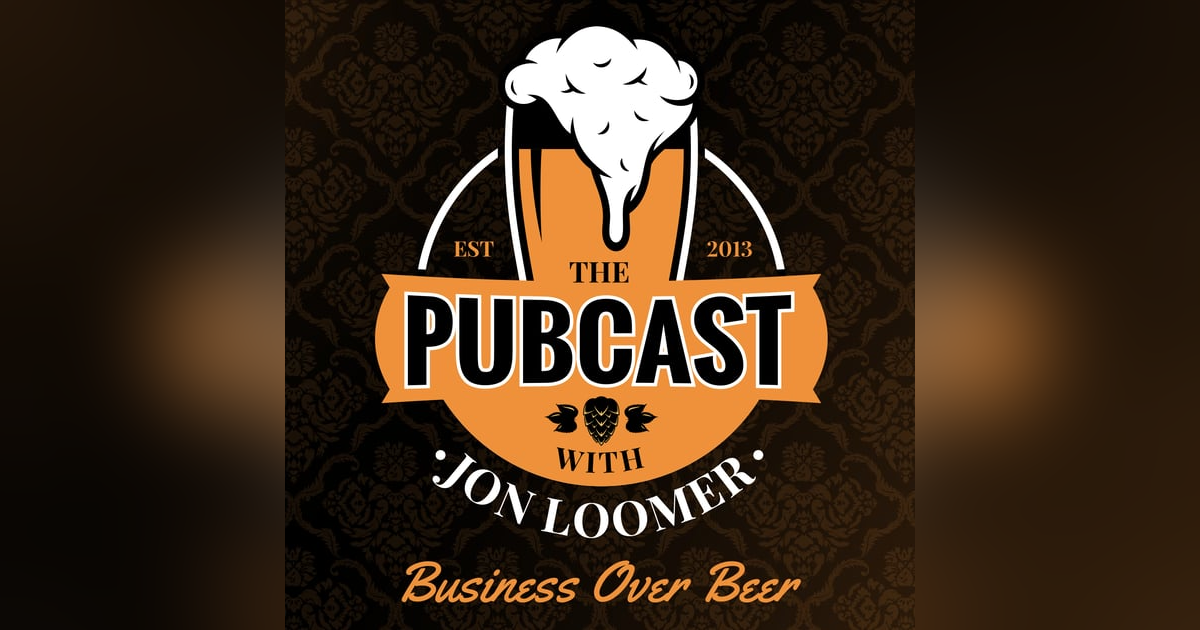Incremental Attribution Explained

Meta now offers two types of attribution: standard and incremental. With machine learning models predicting which conversions were actually caused by your ads, this sounds great in theory. Jon explains what incremental attribution really means and whether you should actually use it for optimization.
Meta first announced incremental attribution last fall, and they rolled it out this past spring. If you're struggling to keep up, I get it. Meta has added several layers to attribution over the past few years, and it’s getting a whole lot more complicated. This is ultimately a good thing, but it can also lead to buried information and a misunderstanding of results.
So if you’re not sure what incremental attribution is or what you should do with it, this episode is for you.
The Basics of Attribution
Attribution is how Meta gives credit to an ad for a conversion. When you’re optimizing for conversions, the results column shows purchases, leads, or something else. These are reported because Meta connected a view or click on your ad to a conversion. And of course, Meta knows about those conversions because you send signals through the pixel, the API, or both.
By default, Meta optimizes and reports on conversions using a seven-day click and one-day view window. That means Meta will count a conversion if someone clicks your ad and converts within seven days, or views your ad without clicking and converts within a day. If there’s a click, that’s what gets the credit. Advertisers know this as standard attribution.
Now, we have incremental attribution.
What Is Incremental Attribution?
Advertisers can now choose between standard and incremental attribution when selecting a conversion-based performance goal. Standard attribution uses customizable click and view windows. Incremental attribution does not.
Here’s how Meta defines it: incremental attribution uses machine learning models that predict whether a conversion is caused by an ad. With this model, you can focus on outcomes that are more likely to be directly driven by your ad, which in theory should drive more incremental conversions.
I get it. That sounds confusing. “Outcomes that are more likely to be directly driven by an ad” is what most people assume attribution already is. But the distinction is this: some of those conversions counted under standard attribution would have happened anyway. The machine learning models attempt to filter that out.
Remarketing is the obvious example. Someone may convert after a view-through impression, but they may have converted regardless. Incremental attribution attempts to identify the conversions truly driven by your ads.
Using Incremental Attribution
You can approach this in two ways.
First, you can optimize for incremental attribution at the ad set level. Just know that you’ll see fewer reported conversions. That’s expected. But in my early experiments, not only were costs worse, the quality of those conversions didn’t seem any better than before. From what I’ve seen and heard from others, there’s been a lot of dissatisfaction here.
The second approach is to use incremental attribution strictly for context. Keep standard attribution for optimization, but compare the two models in your reporting. Use the “Compare Attribution Settings” option in the columns dropdown to add both sets of results.
In my experience, most of the conversions counted under standard attribution also show up as incremental. That’s reassuring. But if the breakdown showed the opposite — that most of your reported conversions weren’t incremental — that would be a warning sign.
Bottom of the Glass
Incremental attribution is an interesting addition to your toolbox. Don’t get overwhelmed by it.
Test optimizing for it if you’d like, but you don’t need to. At the very least, I recommend using the compare feature to see how many of your reported results Meta considers incremental. That extra context could be validating, or it could reveal a problem.






